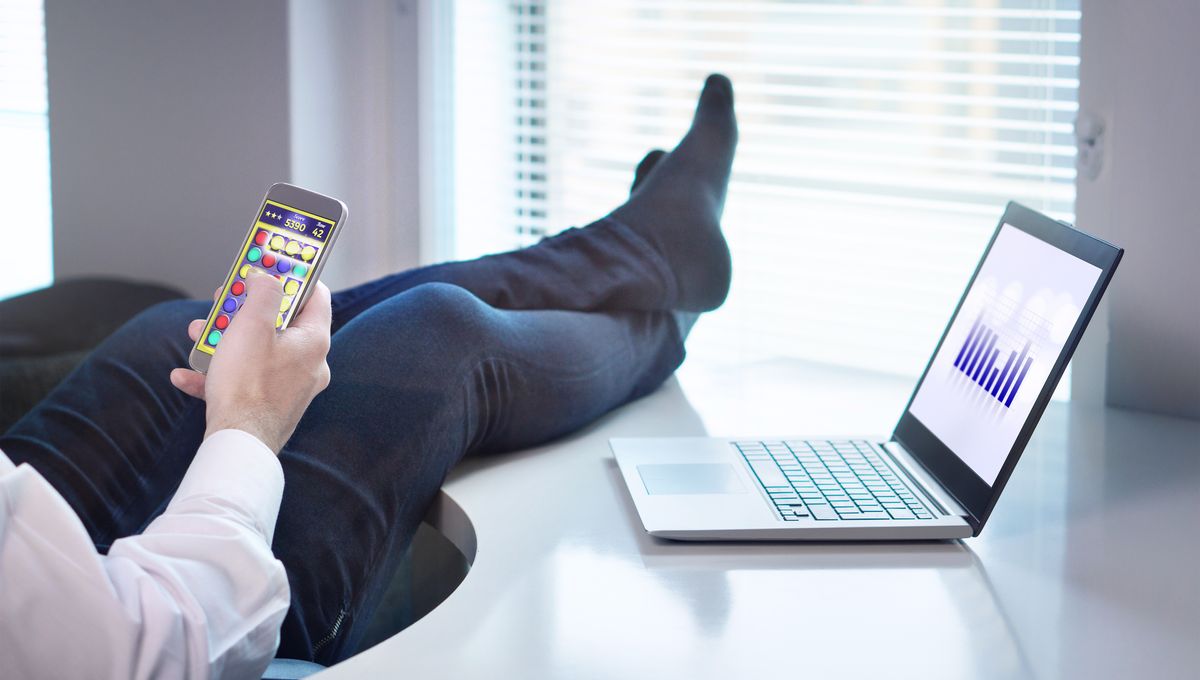
Teamwork doesn’t always make the dream work – it can give some people cause to relax, whilst others pick up the slack, in what social psychologists have dubbed “social loafing”. But what happens when your teammate is a robot? The same thing, according to a new study.
“Teamwork is a mixed blessing,” said Dietlind Helene Cymek, first author of the study, in a statement. “Working together can motivate people to perform well but it can also lead to a loss of motivation because the individual contribution is not as visible. We were interested in whether we could also find such motivational effects when the team partner is a robot.”
To answer this question, researchers gave 42 participants the somewhat unenviable task of identifying errors on a series of circuit boards. Although all participants were working on their own, half were told that the circuit boards had already been inspected by a robot called Panda, which they could hear whilst they worked.
After completing the task, participants were asked to rate their effort, how responsible for the task they felt, and how well they performed. When it came to time spent completing the task and perceived effort, responsibility, and performance, the two groups were pretty much on par.
Of course, how well the participants thought they performed was subjective, and closer inspection of their actual error rates revealed an interesting result.
Have you ever been reading a book, got to the end of a page, and then realized you can’t recall anything you’ve just “read”? It’s like you’ve looked at it, but not actually processed anything. That’s similar to what happened here.
Towards the end of the task, when participants saw that Panda had already flagged several errors, they caught fewer defects. The researchers think this could be down to a “looking but not seeing” effect; people were engaging less with the task because they subconsciously assumed that the robot had already done the job for them. This was social loafing in action.
“In our experiment, the subjects worked on the task for about 90 minutes, and we already found that fewer quality errors were detected when they worked in a team,” said Linda Onnasch, the study’s senior author. “In longer shifts, when tasks are routine and the working environment offers little performance monitoring and feedback, the loss of motivation tends to be much greater.”
Whilst this might be a source of mild frustration in some jobs, it could present a serious problem in others, Onnasch explained. “In manufacturing in general, but especially in safety-related areas where double checking is common, this can have a negative impact on work outcomes.”
However, there are some limitations to the research, namely that it happened in a lab setting rather than a workplace. Creating a true simulation of social loafing was unlikely, because participants didn’t work directly with Panda in the way they might with colleagues, and they also knew they were being watched.
The solution? Fieldwork, according to the researchers. “To find out how big the problem of loss of motivation is in human-robot interaction, we need to go into the field and test our assumptions in real work environments, with skilled workers who routinely do their work in teams with robots,” said Cymek.
So, watch out social loafers, there could be a research team heading your way soon. That being said, it’s fine if you want to relax on your commute to work, especially when floating down a river is involved.
The study is published in Frontiers in Robotics and AI.
Source Link: Humans Turn To “Social Loafing” When Robots Help With Tasks